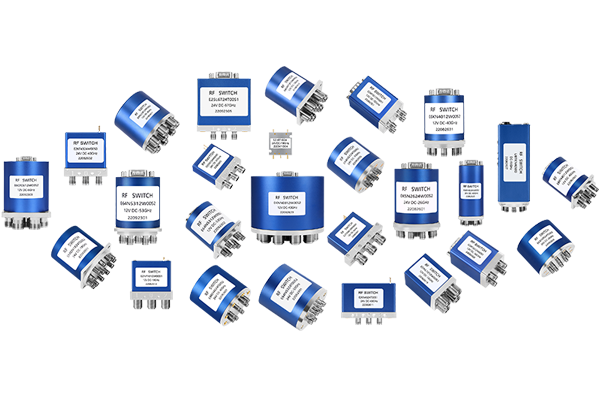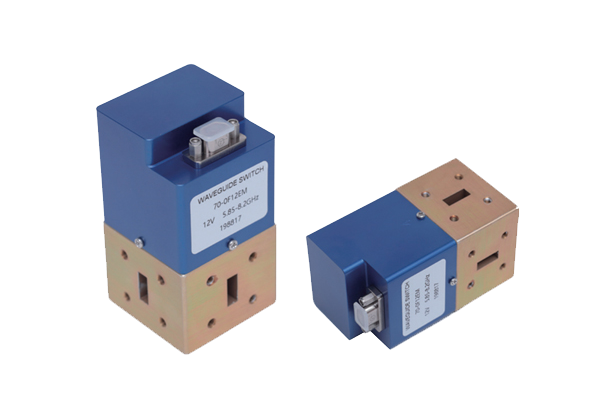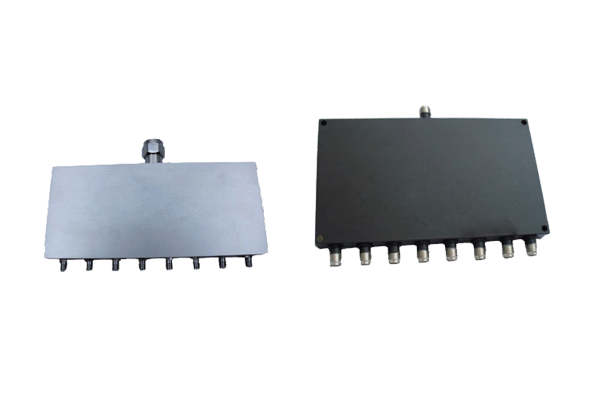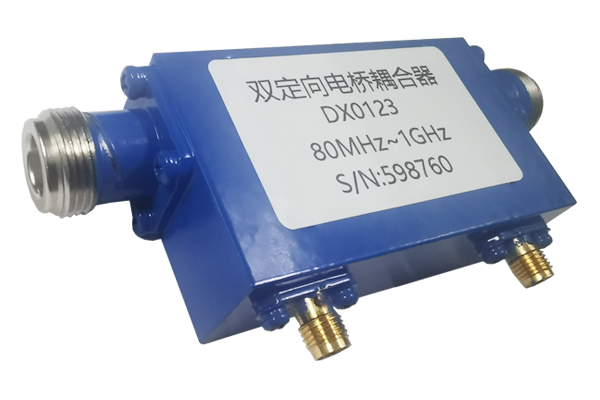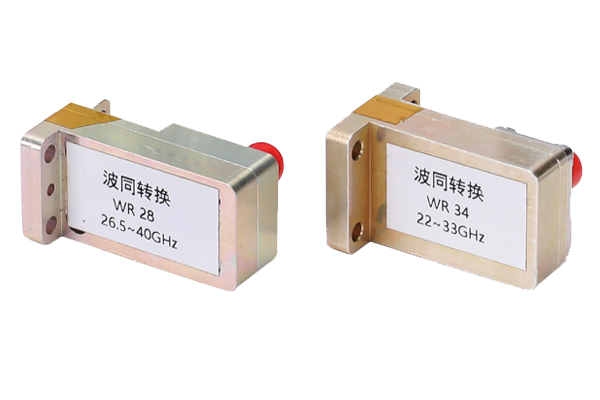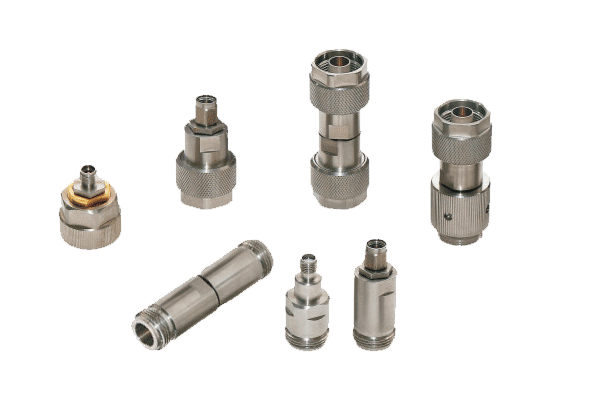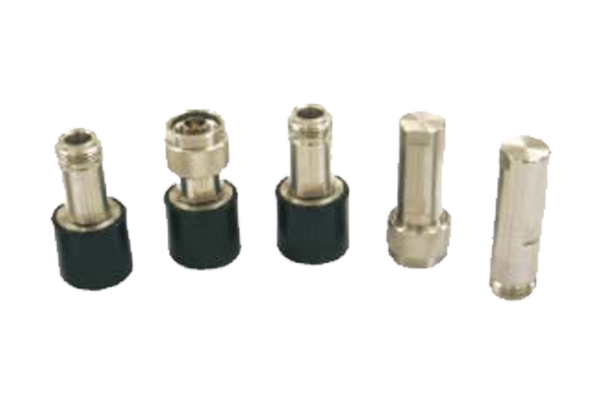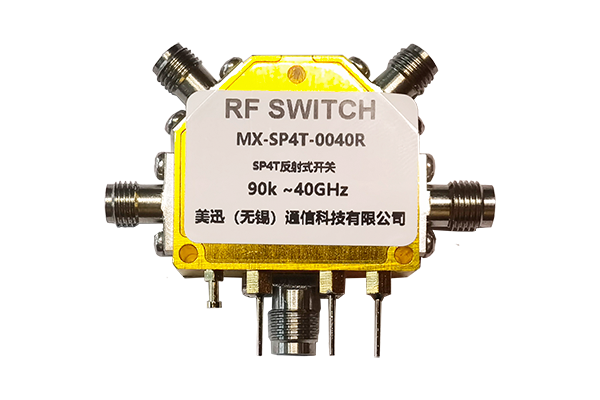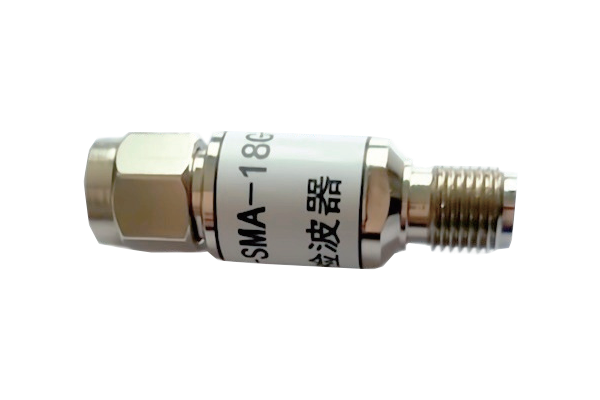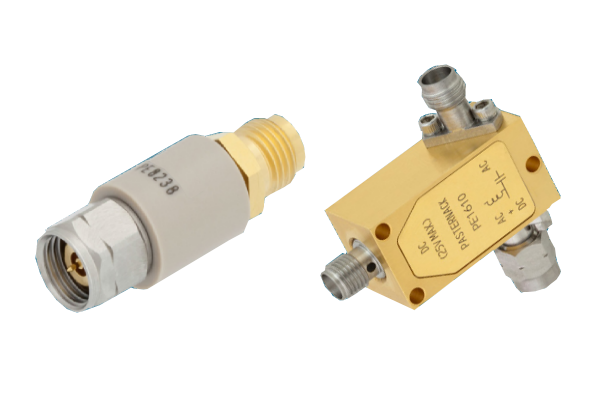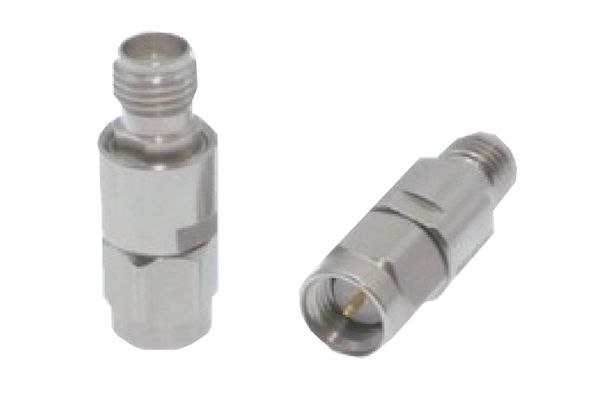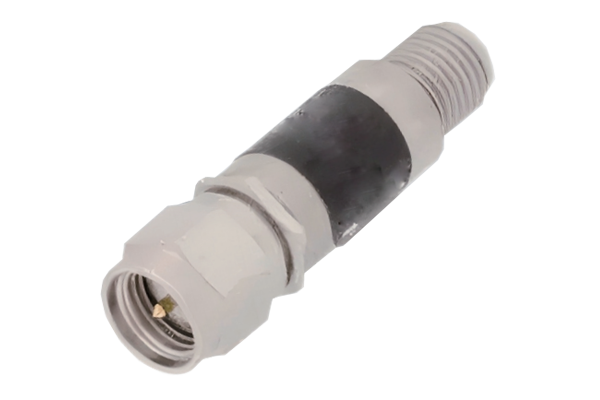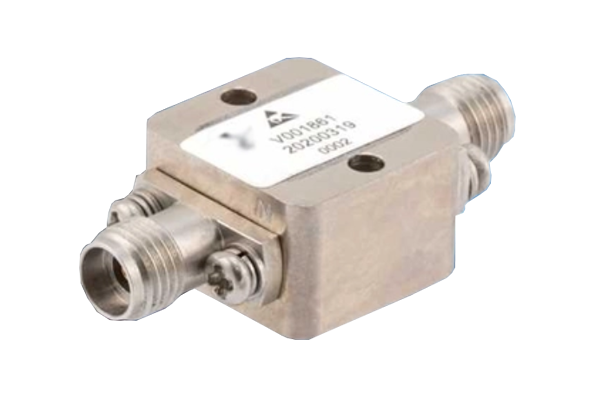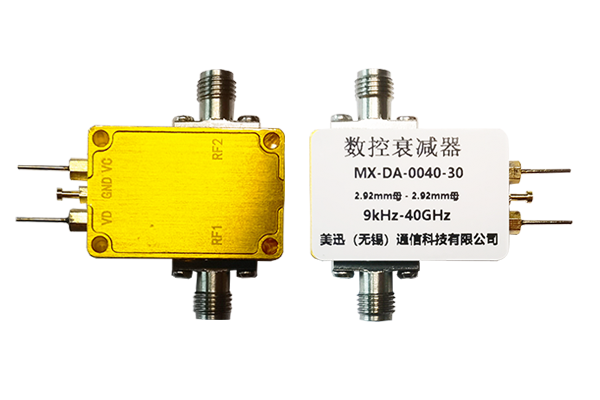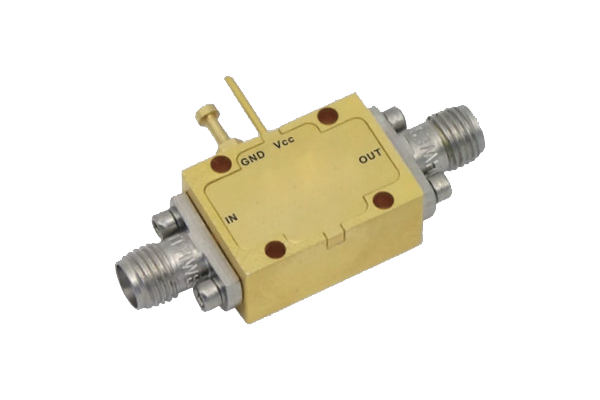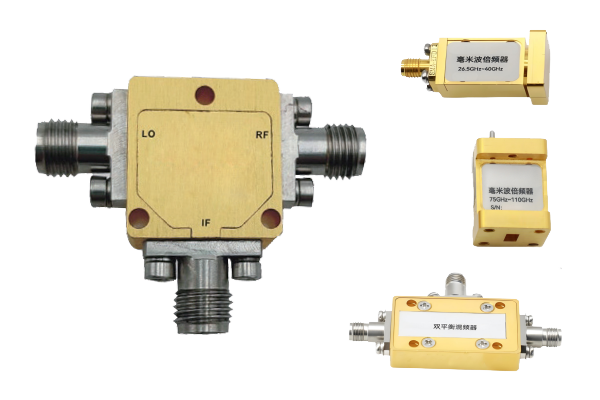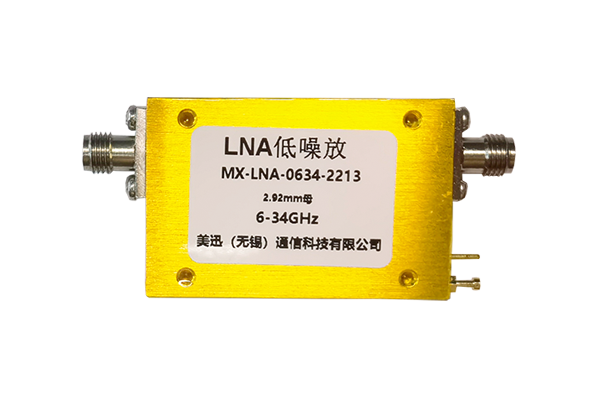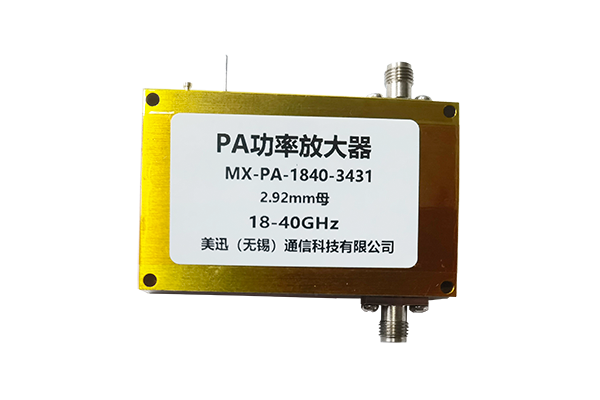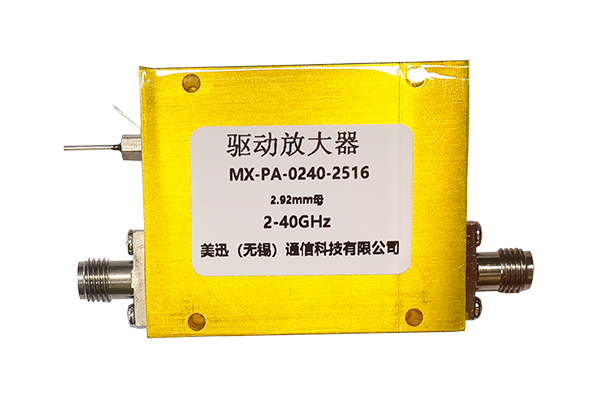How to ensure the anti-interference ability of coaxial switch
Enhancing Anti-Interference Ability in Coaxial Switches
-
1. Shielding Design
High-quality coaxial switches should feature robust shielding. A metal enclosure, preferably made of materials like aluminum or copper, can effectively block external electromagnetic interference (EMI). The shielding should be continuous and well-grounded to create a Faraday cage effect, diverting interfering signals to the ground and preventing them from coupling into the switch's internal circuitry. Additionally, proper shielding of the coaxial connectors and internal signal paths further minimizes EMI leakage.
-
2. Material Selection
Choosing the right materials can significantly improve anti-interference performance. Dielectric materials with low loss tangent and high dielectric strength, such as PTFE (Teflon), are ideal for the inner insulation of coaxial cables and switch components. These materials reduce signal attenuation and prevent unwanted signal coupling, enhancing the switch's ability to resist interference. Conductive materials with excellent electrical conductivity also help in efficiently dissipating any induced currents caused by interference.
-
3. Signal Isolation
Enhanced signal isolation within the coaxial switch is essential. This can be achieved through advanced switching mechanisms and circuit designs. For example, using high-isolation relays or PIN diode switches with proper biasing can effectively separate different signal paths, preventing crosstalk and external interference from affecting the desired signal. Additionally, impedance matching across all ports ensures that signals are transmitted efficiently without reflections that could cause interference.
-
4. Manufacturing and Assembly Precision
Precise manufacturing and assembly processes play a vital role. Tight tolerances in the construction of the switch, especially in the coaxial connectors and internal pathways, minimize the presence of irregularities that could act as sources or conduits for interference. Proper soldering and connection techniques also ensure reliable electrical contacts, reducing the risk of signal degradation due to loose connections or poor conductivity.
-
5. Testing and Certification
Rigorous testing is necessary to verify the anti-interference ability of coaxial switches. Conducting tests such as EMI susceptibility testing, crosstalk measurement, and signal integrity analysis under various interference conditions helps identify potential weaknesses. Meeting international standards like FCC, CE, or MIL-STD further guarantees the switch's reliable anti-interference performance in real-world applications.



